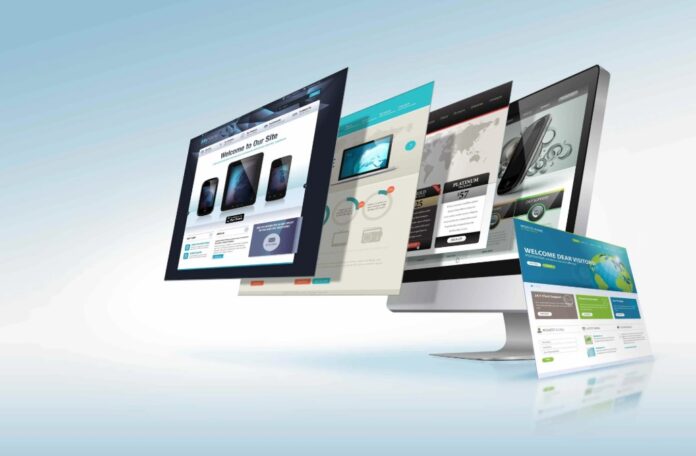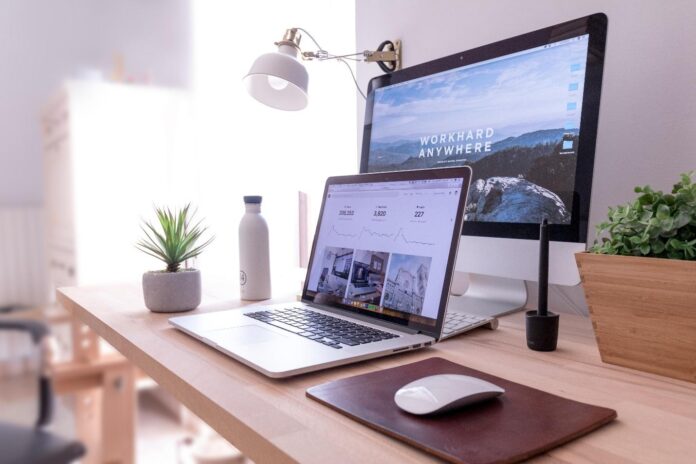Your site’s usability can make or break your business. If it’s confusing or clunky, users won’t stick around, and no amount of flashy graphics can save the day. Ensuring an effortless experience for your visitors is critical. The great news? You don’t need an expensive focus group to find out what works.
A practical, hands-on approach can tell you everything you need to know—and help you fix what doesn’t work.
Does Your Site Make Visitors Feel Welcome?
Every visitor forms an opinion within seconds of arriving. Is your layout clean? Is it easy to figure out where to click? If your site feels like a maze, people will leave faster than you can say “loading error.” Clarity and simplicity make users feel welcome and encourage them to stay longer.
Businesses like MacMedia web design specialize in crafting sites that prioritize ease of use. Their work ensures that every button, feature, and layout element serves a purpose: to make life simpler for your visitors. An effective site doesn’t try to dazzle users with unnecessary content; instead, it creates a straightforward, enjoyable experience.
Navigation ─ The Backbone of Usability


Think of navigation as the foundation of your site. It’s how users move around, find what they need, and interact with your business. If they can’t figure out where to go within a few seconds, they’ll leave—and probably not come back.
Why Logical Navigation Matters
Visitors shouldn’t have to work hard to find what they need. A good site leads users naturally from one section to another. Every link, tab, and button should feel like part of an intuitive flow. If people are clicking around aimlessly, it’s a sign your navigation needs improvement.
Tips for Better Navigation
- Use clear, descriptive labels for menu options.
- Place important links—like contact info or product pages—where they’re easy to spot.
- Avoid overcrowding your menu. Too many options can overwhelm users.
Good navigation doesn’t just benefit visitors; it helps search engines understand your site, boosting visibility and traffic.
Why Small Details Make a Big Difference?
Little things can have a huge impact. Ever clicked a button only to find it doesn’t work? Or did you try to fill out a form and encounter error after error? Small glitches like these frustrate users and make your business seem unprofessional.
Testing the Details
Testing every aspect of your site ensures that everything works as it should. Click every link, fill out forms, and test all interactive features regularly. Remember, small frustrations can quickly add up to a big loss in credibility.
Consider using tools like Google’s PageSpeed Insights to identify issues with load times and Hotjar to track how users interact with your pages. Even better, invite a friend or colleague to test your site and provide feedback. Fresh eyes often catch things you might overlook.
First Impressions ─ Why Your Homepage Matters?


Your homepage acts as your site’s front door. It’s the first thing people see and often determines whether they stay or leave. A cluttered or confusing homepage can make your business seem disorganized, even if the rest of your site is flawless.
What Makes a Great Homepage?
A strong homepage answers basic questions immediately. Who are you? What do you offer? Why should visitors care? Avoid overloading users with too much information. Instead, guide them toward what matters most with clear headlines, eye-catching visuals, and strategically placed calls to action.
Keep your homepage clean and professional. A good rule of thumb is to include only the most essential information upfront and save the details for other pages.
Mobile Users ─ Why Optimization Is a Must?
More people browse the internet on their phones than on desktops. If your site isn’t mobile-friendly, you’re turning away a massive audience. A poor mobile experience—like text that’s too small to read or buttons that are impossible to click—can alienate users instantly.
The Elements of Mobile Optimization
Responsive design is key. Your site should automatically adjust to fit any screen size. Buttons and links need to be large enough for touchscreens, and pages should load quickly, even on slower connections. Mobile optimization isn’t just about convenience; it’s about making sure every visitor can use your site easily, no matter how they access it.
Are Users Leaving Too Soon?
If visitors leave your site after just a few seconds, it’s a clear sign something’s wrong. High bounce rates often indicate poor usability. Maybe your pages take too long to load, or maybe users aren’t finding what they expected.
The Role of Analytics
Tools like Google Analytics can provide insights into user behavior. Look for patterns: Which pages have the highest bounce rates? Are certain links being ignored? Use this data to identify problem areas and focus your efforts where they’ll have the biggest impact.
Practical Ways to Test Without a Focus Group
You don’t need a room full of strangers to test usability. Plenty of tools and methods are available to help you evaluate your site objectively.
What You Can Do Right Now
- Pretend you’re a new user. Visit your site and try to accomplish a basic task, like finding contact info or making a purchase.
- Ask friends or family to explore your site and share their feedback.
- Use tools like Hotjar to track user behavior and pinpoint areas where visitors struggle.
Visual Hierarchy ─ Guiding the User’s Eye


Where do your visitors look first? Visual hierarchy determines which elements grab attention and how users process information on your site. If everything competes for attention, users may feel overwhelmed and leave.
How to Create a Clear Visual Hierarchy
Start by prioritizing key elements like headlines, calls to action, and navigation links. Use larger fonts, bold colors, or strategic placement to guide the user’s eye. Break up long blocks of text with images or white space to make pages easier to scan.
A strong visual hierarchy ensures visitors can quickly find what they’re looking for, improving their overall experience.
FAQs
How often should I test my site for usability?
Regularly. Aim for every few months or after making significant changes.
What’s the quickest way to identify problems?
Ask someone unfamiliar with your site to explore it and give honest feedback.
Why are users leaving my site so quickly?
Common reasons include slow loading, poor navigation, or irrelevant content.
How can I improve the experience for mobile users?
Focus on responsive design, faster loading times, and layouts that work well on smaller screens.
Why Feedback Matters


No matter how much effort you put into creating the perfect site, you can’t anticipate everything. Users will always spot issues you didn’t consider. Feedback gives you the insight needed to make meaningful improvements.
How to Collect Feedback
Add a simple feedback form to your site or send out surveys to recent visitors. Even casual comments from friends and colleagues can be valuable. Don’t take criticism personally—use it to create a better experience for everyone.
Final Thoughts
Usability isn’t just about creating a functional site; it’s about creating a positive experience for every visitor. By focusing on navigation, mobile optimization, and feedback, you can ensure your site stands out for all the right reasons. Forget expensive focus groups—you already have the tools to make it happen.







